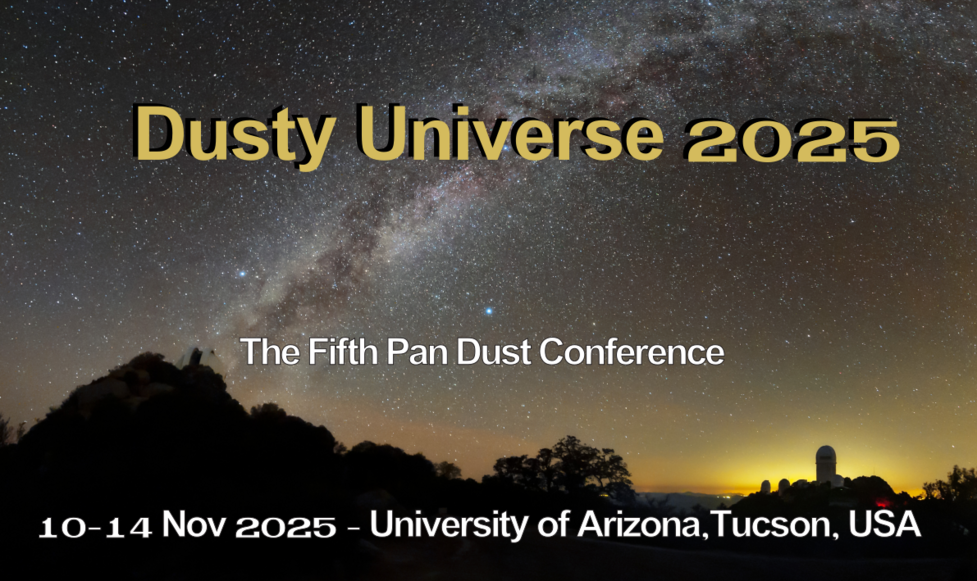Understanding the properties and evolution of circumstellar organic dust is important in the search for the origin of organic matter in the universe, and thus for the origin of life material. Among dust-producing objects, binary systems containing carbon-rich Wolf-Rayet (WC) stars have been suggested to be an important source of carbonaceous dust in the present and particularly early Universe. The object WR140 is a binary system composed of a WC star and an O-type star that periodically forms a dust shell every 7.93 years at around periastron. In a previous study (Lau et al. 2022), up to 17 equally spaced dust shells were detected in WR 140 with MIRI Imager. Observations with MIRI MRS also show that the second dust shell shows infrared features characteristic of carbonaceous dust. The outer dust shells must be older than the inner shells. In this study, we investigate the properties and evolution of carbonaceous dust around WR140 based on observations of the first to seventh shells with MIRI LRS. The results show that the spectra of shells 1 and 2 are similar to the MRS data, and that further away from the central star, a feature at 11.2 microns is seen, which looks similar to the feature of aromatic infrared bands (class A UIR bands) of the interstellar medium. In this presentation, we will discuss the possibility that the observed feature originates from organic matter in the vicinity of WR140 based on the above observations.

|
|
|
|
Spectroscopic observation of WR140 dust shells by JWST/MIRI LRS
1 : Institute of Astronomy, Graduate School of Science, The University of Tokyo
2 : NOIRLab
3 : The University of Tokyo
7 Chome-3-1 Hongo, Bunkyo, Tokyo 113-8654, Japon -
Japan
4 : Space Telescope Science Institute
5 : ISAS, JAXA
Yoshinodai 3-1-1, Sagamihara, Kanagawa 229 8510 -
Japan
6 : National Astronomical Observatory of Japan
|
 PDF version
PDF version
